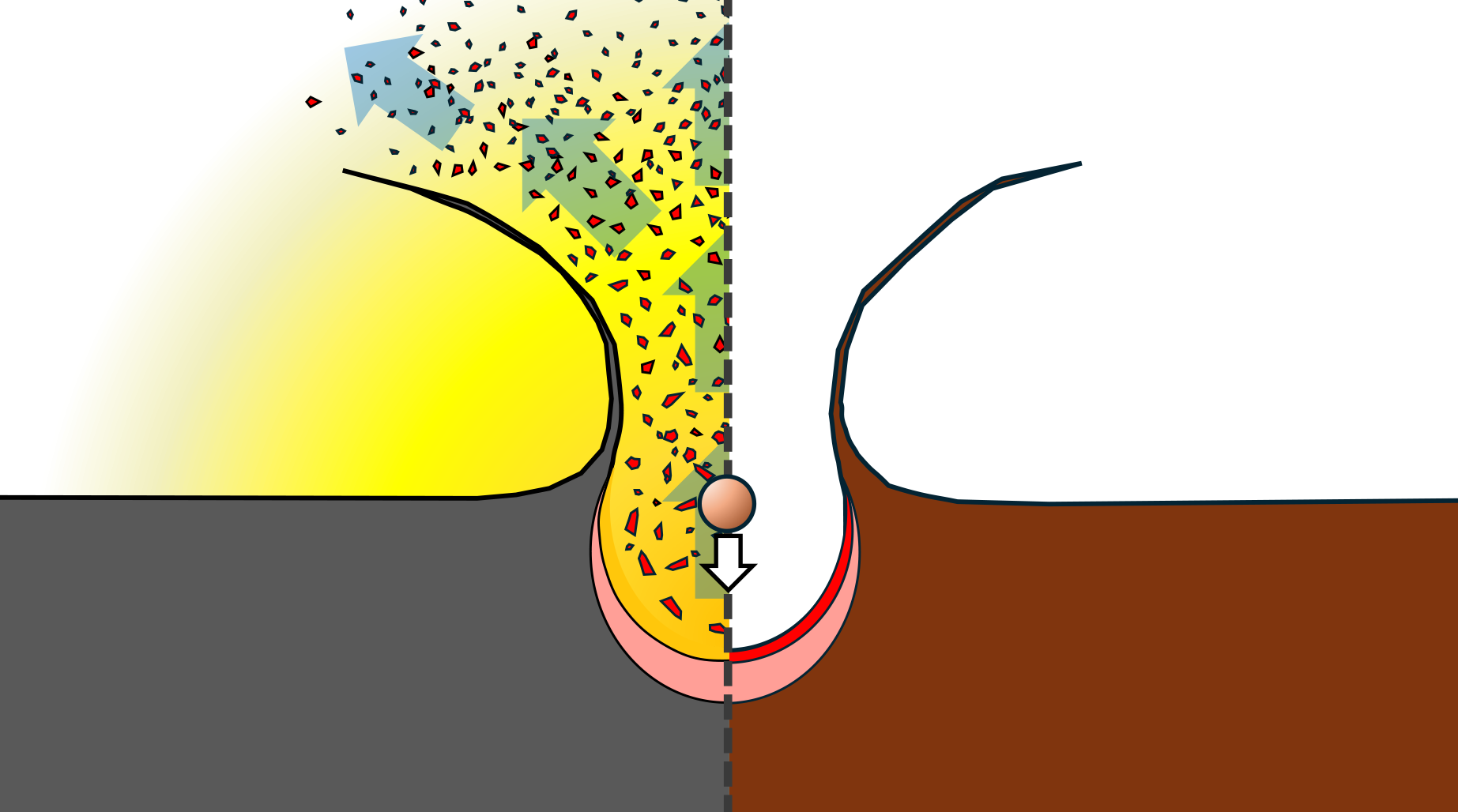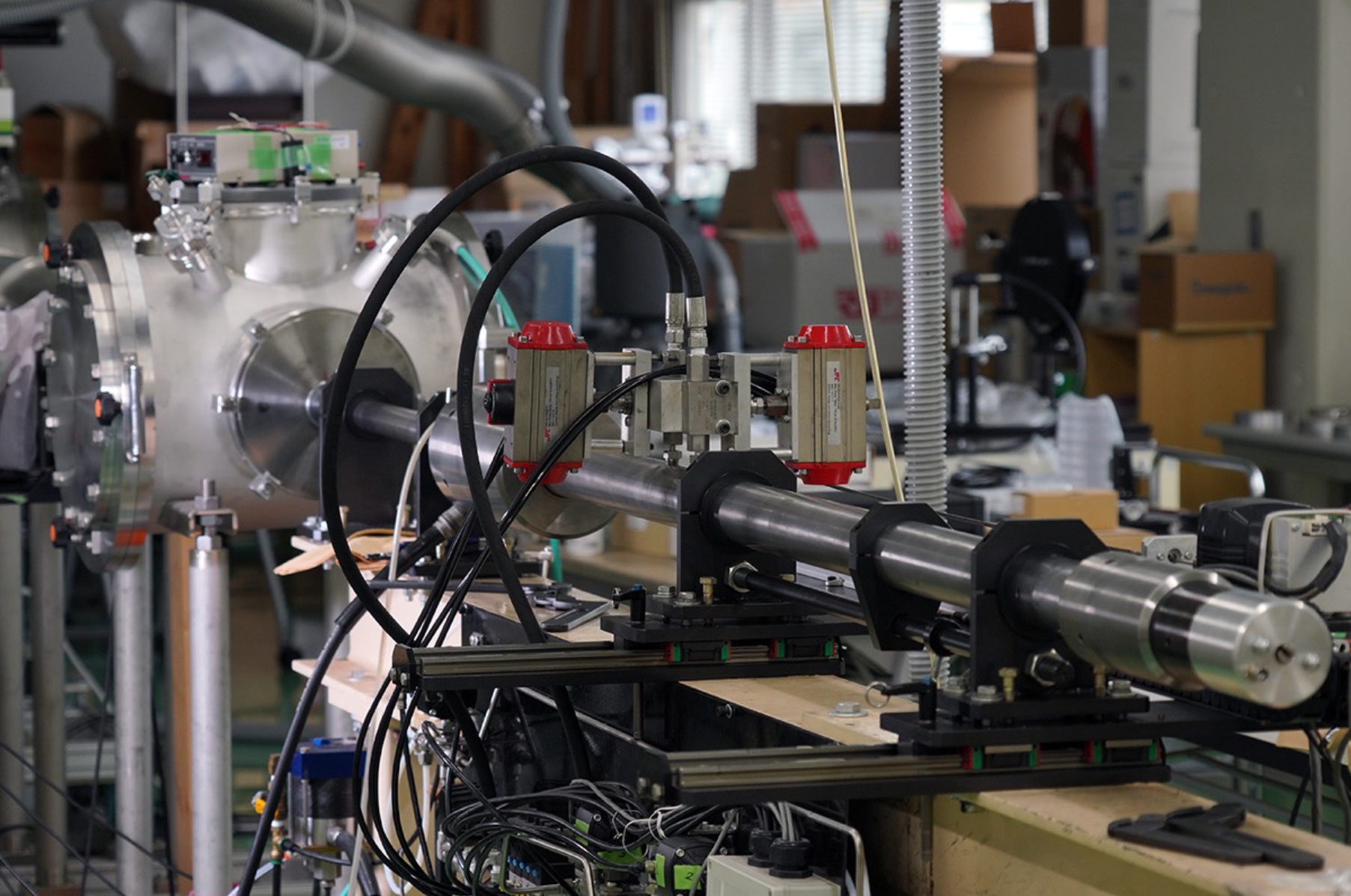We reach more than 65,000 registered users in Dec!! Register Now

Evidence blasted into space: Mystery why some meteorites look less shocked solved
- May 27, 2025
- 2 Views
- 0 Likes
- 0 Comment
Carbon-containing meteorites look like they had less severe impacts than those without carbon because the evidence was blasted into space by gases produced during the impact. The Kobe University discovery not only solves a 30-year-old mystery, but also provides guidelines for a future sampling mission to Ceres.
Kurosawa was inspired by a theory put forward 20 years ago by another Kobe University researcher that the impact produces degassed vapor from water-containing minerals in the meteorite which then ejects the evidence into space. “I thought the idea was brilliant, but it had problems. For one, they did not perform calculations whether this process would produce enough water vapor. Also, there are carbon-containing meteorites without such water-containing minerals that also seem to be less shocked,” explains the astrophysicist. Thinking that the carbon-containing materials themselves should behave differently when shocked, he decided to investigate this idea using a device he had developed: a two-stage light gas gun connected to a sample chamber. This setup allowed Kurosawa and his team to collect and analyze the gases produced by a pellet’s high-speed impact into a sample that mimicked meteorites both with and without carbon without the measurements being contaminated by the gases produced by the gun shot itself.
All may not be lost, however. On larger space rocks such as the dwarf planet Ceres, the team calculated that gravity may be strong enough to pull the ejected material back to the body’s surface. “Our results predict that Ceres should have accumulated highly-shocked material produced by these impacts, and so we believe that this provides a guideline for planning the next generation of planetary exploration missions,” Kurosawa explains.
List of Referenes
- Kosuke Kurosawa, Gareth S. Collins, Thomas M. Davison, Takaya Okamoto, Ko Ishibashi, Takafumi Matsui. Impact-driven oxidation of organics explains chondrite shock metamorphism dichotomy. Nature Communications, 2025; 16 (1) DOI: 10.1038/s41467-025-58474-2
Cite This Article as
No tags found for this post









